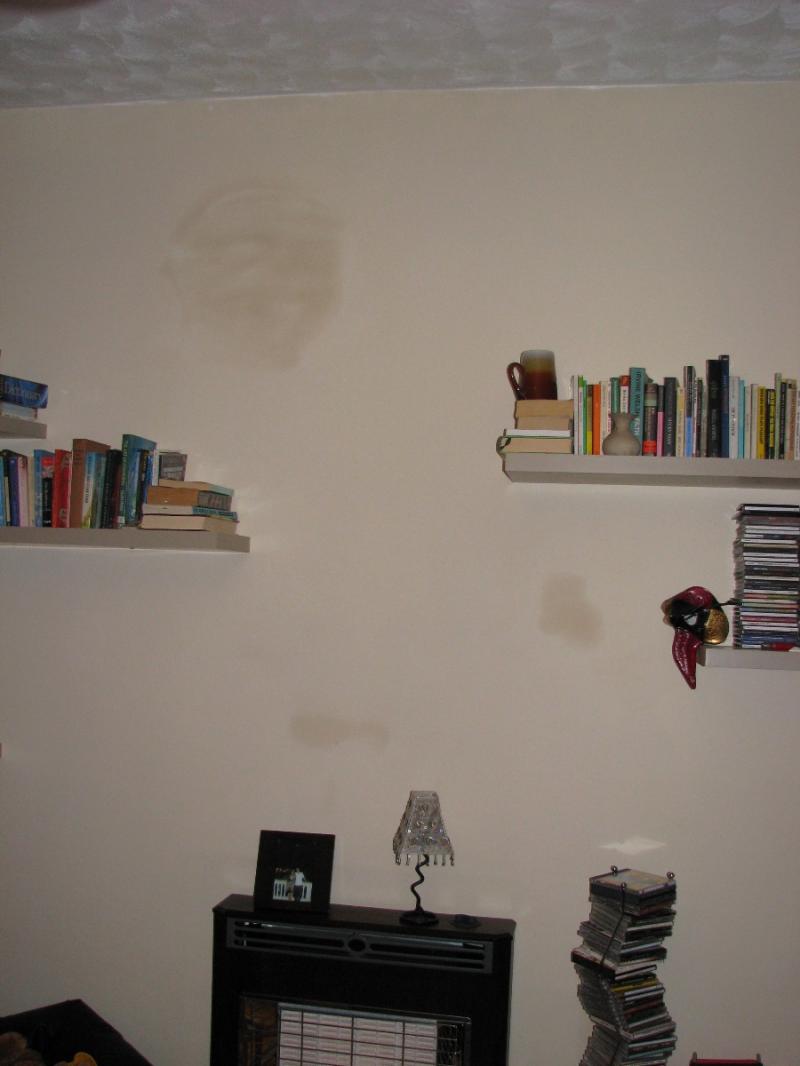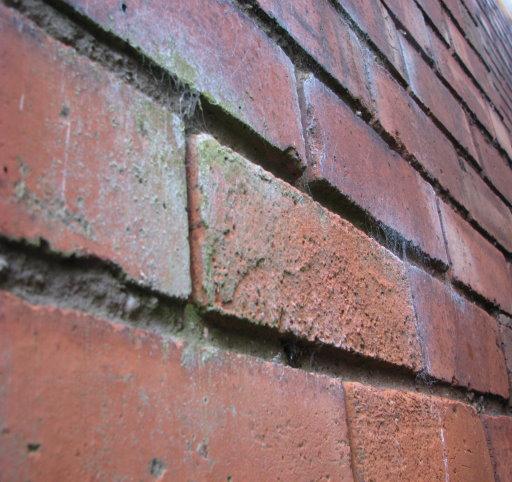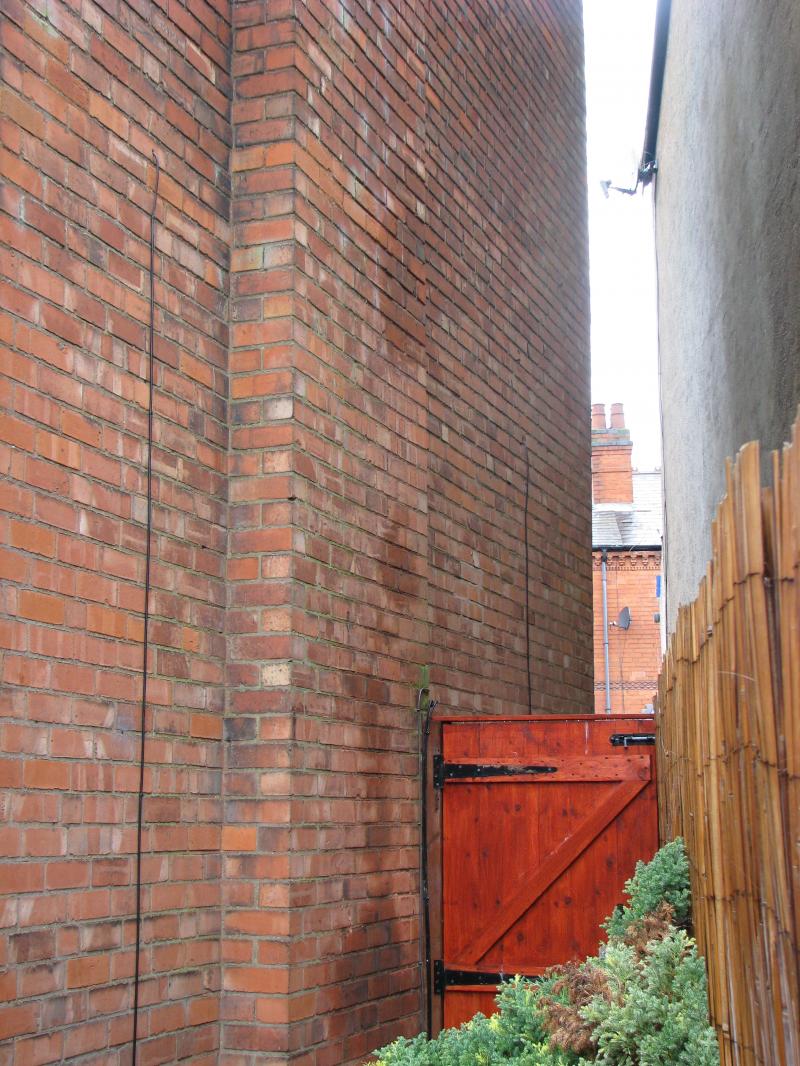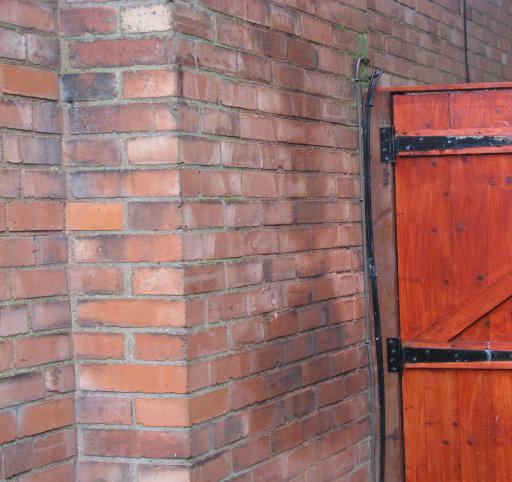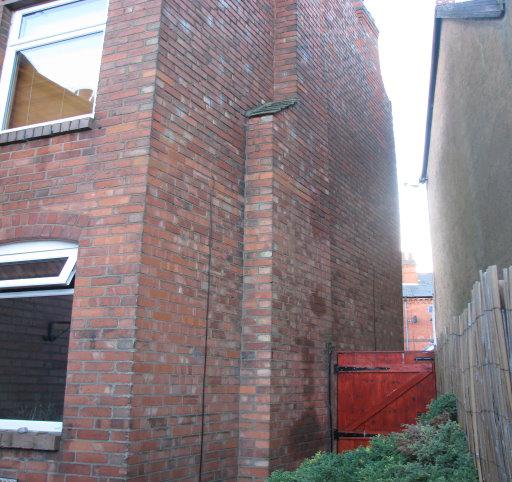got damp patches coming through plaster on chimney breast with gas fire (fire not used often). Only appeared since rainy season.
Got two chimney breasts with 4 pots - so 4 separate flues. The working flue (gas fire) has a cylinder pot on chimney stack (this is one with damp patches) - other 3 have bishops pots. Roofer whats to cap all pots, but says he needs to remove bishops pots as you can't cap these and replace them with cylinders - is this true - can you not cap bishop pots??
Pointing on chimney breast externally (end terrace) is really bad at roughly the height of the damp patches internally on plaster. Could this be a factor - Could the water cross the flue space?
No other damp in rest of house - some white powdery damp residue on internal chimney brickwork in loft
help much appreciated
Got two chimney breasts with 4 pots - so 4 separate flues. The working flue (gas fire) has a cylinder pot on chimney stack (this is one with damp patches) - other 3 have bishops pots. Roofer whats to cap all pots, but says he needs to remove bishops pots as you can't cap these and replace them with cylinders - is this true - can you not cap bishop pots??
Pointing on chimney breast externally (end terrace) is really bad at roughly the height of the damp patches internally on plaster. Could this be a factor - Could the water cross the flue space?
No other damp in rest of house - some white powdery damp residue on internal chimney brickwork in loft
help much appreciated


